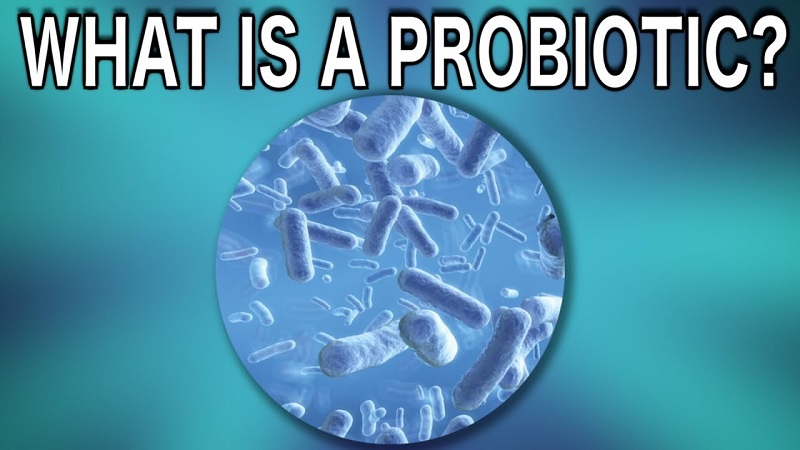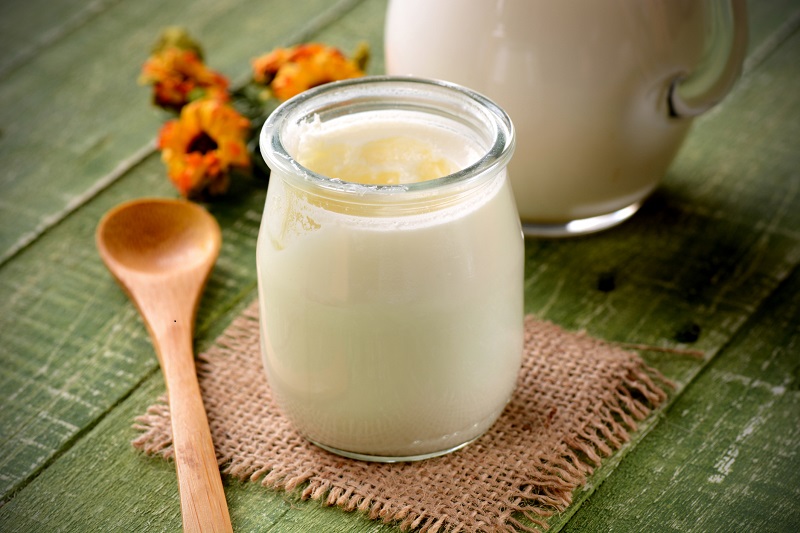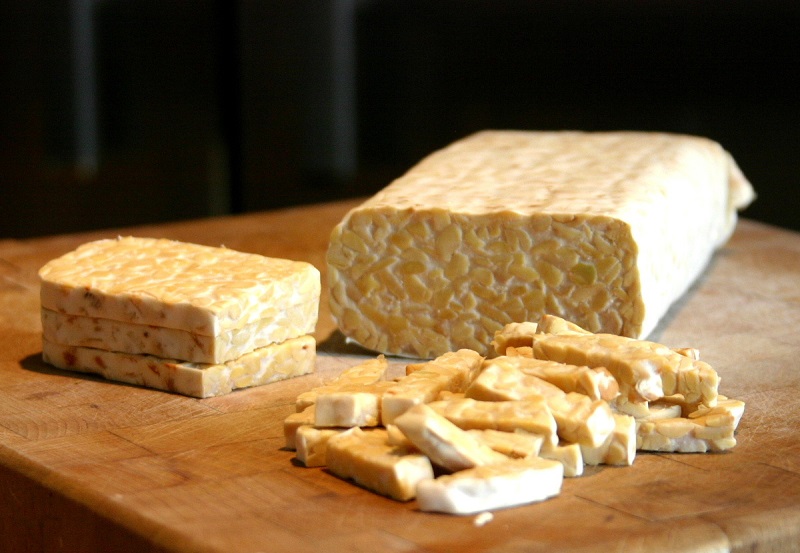Among the beneficial foods that we should include in our diet are probiotics. We have all heard of them, yet few are the people who know exactly what they are. Let’s see what they are and what are the most interesting natural probiotics for your health.
What is a probiotic
The word probiotic has a Greek origin and means “in favor of life”. The conception of probiotic was created at the beginning of the last century by Nobel laureate Elie Metchnikoff, who suggested the hypothesis that taking fermented dairy increased the years of life and health of Bulgarian peasants. Their studies concluded that consuming fermented milk planted the intestine with beneficial bacteria, which slowed the growth of harmful bacteria.
The definition contained in a guide published by the FAO AND WHO is as follows: “they are living microorganisms that, administered in adequate amounts, offer a health benefit for the people who take them”
A microorganism can be considered a probiotic when it has been adequately typed and studied. This is the way to know what benefits it has, in which situations it is necessary to take it, and the amounts.
If we want to say it in a simpler way, we will say that these products provide beneficial bacteria to our digestive system. It is very important that probiotics are alive when we take them. Likewise, the doses have to be necessary and appropriate to achieve the desired effects.
Natural probiotics
Let’s see a list of natural probiotics with a high probiotic load. The benefits of including natural probiotics in your diet are many. For example, they will help you improve your digestion and increase your defenses. In addition to this, natural probiotics have 100 more bacterial loads than we can find in supplements. For this reason, it is much more advisable to take these foods that will also provide you with other interesting nutrients.
1. Sauerkraut and Kimchi
Any of them are fermented vegetables and are basically made with cabbage. Kimchi is native to Korea and Sauerkraut is a typical German dish. Kimchi is very similar to Sauerkraut but it is spicy. Being spicy has to do with garlic and peppers, which makes it somewhat more nutritious. Among the benefits of garlic is the content of selenium and allicin which are very healthy for hair and skin and to lower cholesterol.
Both basically contain lactobacillus in terms of probiotics. They also contain a good amount of organic acids, so their taste is acidic. Likewise, they are very rich in enzymes that help the proliferation of good bacteria and make good digestion. These two foods are highly recommended for those who want to reduce their allergic symptoms. They are also very rich in vitamins A, B, C, and E.
They can be put in sandwiches, soups and go well with meat and fish.
2. Yogurt and Kefir
Yogurt is probably the best known of all. Although it is highly recommended, it is preferable to choose Kefir, since it contains more protein. Not all yogurts are valid. You need to make sure you buy a Yogurt that is alive and contains probiotics. Pasteurized yogurts do not work.
The Kefir could define a kind of liquid yogurt. Its fermentation occurs when Kefir grains are added to the milk. He comes from Russia and Turkey and the meaning of his name is “feel good”. They contain between 11 and 34 different probiotics. The ones that almost everyone knows are the lactobacillus and Bifidus. It is also very rich in antioxidants and proteins. This makes it a fairly complete food and highly recommended for vegetarians. We could say that Kefir substitutes milk perfectly. In fact, it can be taken with cereals or make smoothies.
Some unpasteurized cheeses also contain many probiotics.
3. Tempeh and natto
Both are soy fermented with abundant probiotics, vitamin B12, and protein. For people who do not eat meat, it is the ideal substitute. Likewise, it can also be used instead of soy. Soy, unfermented causes numerous allergies, however in this format it is highly digestive. In addition, the fermentation of soy increases the number of amino acids and avoids the toxins that some people harm in the thyroid.
Tempeh is very rich in natural antibiotics. For this reason, it helps to combat intestinal diseases or dysentery. The nattō, meanwhile, contains a large amount of bacillus subtilus, very important for the immune system and heart health. Likewise, it also contains nattokinase, enzymes that help prevent cancer.
As they are both fermented with soy, they are highly recommended to avoid the undesirable symptoms of menopause. Another advantage is that both are low in sodium.
4. Miso
Within macrobiotic diets and Japanese cuisine, miso is a staple food. Among the Japanese, it is considered as a medicinal food. It is a fermentation of koji and soybeans. It is usually used to flavor soups, meats, and sauces. With a small amount added to the soup, we already obtain the benefits of probiotics. We should never let it boil because it would lose its properties.
5. Kombucha
Kombucha is a drink of Chinese origin that is made by fermenting black tea leaves. It is usually taken bubbly. In China, it has been drunk since ancient times to increase energy, lose weight, and cleanse the liver. It has a powerful bacterial load so that people with candids should not take it.
6. Dark chocolate
To finish, we are going to talk about something that few people know as a source of probiotic, chocolate. Chocolate is fermented cocoa. In addition, it is a food with a high content of flavonoids that with its antioxidant properties prevents premature aging.
Every day there are more establishments where we can buy this type of food. Make sure to include any of these foods, at least once a day, and you will see how your body thanks you.
REMEMBER: the basis for enjoying good health is often to change our habits, as proposed by the Create Health method. We need to nourish ourselves properly and get active doing things that contribute to our overall wellbeing.
You may also like to read- http://www.themadething.com/
